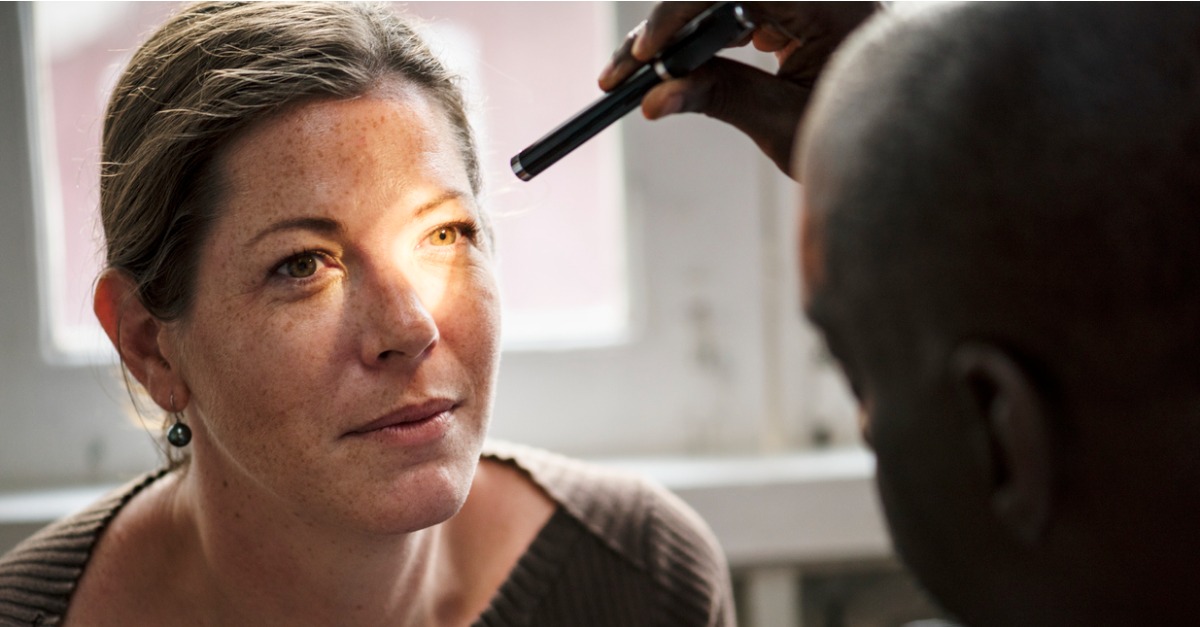A cataract is a cloudy area of the lens that can impact vision. This eye condition occurs as proteins in the eye break down, clump together, and gather in the lens. As a result, the image that reaches the retina becomes distorted.
Typically, cataracts develop slowly over time and are commonly associated with age. More than half of Americans over the age of 80 either live with cataracts or have had surgery to remove them. While advanced cataracts can actually be seen in the lens, there are often symptoms that develop gradually before they become outwardly visible.
Age is one of the most common risk factors for cataracts. They may begin to develop between the ages of 40 and 50 but might not disrupt vision for several years. Other risk factors include having a family history of cataracts, spending a lot of time in the sun without eye protection, smoking, having diabetes, and use of certain medications, such as corticosteroids. If you have any of these risk factors, talk to one of our eye specialists should you notice any of the following symptoms.
Early Warning Symptoms of Cataracts
Cloudy Vision
Early-stage cataracts may create fuzzy areas in your field of vision. The blurriness will worsen over time, making it increasingly difficult to read or complete other day-to-day tasks. Some people also report having double vision during the early stages of cataract development.
Worsening Night Vision
Oftentimes, the signs of cataracts are more readily noticeable at night. In general, with cataracts, your vision may darken or dim, and, while the effect may be subtle enough to not stand out much during the day time, the symptom can be much more pronounced with limited light. Cataracts can also lead to dull or yellowed vision, which may also be more noticeable after dark. You may find that you need extra light for reading, as with a menu in a dimly lit restaurant, for instance.
Increased Sensitivity to Light
While cataracts can make it more difficult to see at night, they can also leave you feeling more sensitive to light. Many patients first notice increased sensitivity to other headlights passing on the highway, for example. Bright daytime lights can also irritate the eyes.
Halos & Glares
As the lens hardens and proteins break down, cataracts may cause the appearance of halos in the field of vision. The light passing through the lens becomes diffracted, resulting in rings or glares around light sources.
Prescription Changes
While vision can change over time, frequent changes to your prescription may indicate the onset of cataracts. In addition to visual acuity tests, our eye doctors can perform diagnostics such as retinal exams after your pupils have been dilated to examine the retina and look for early signs of cataracts.
If you suspect you could be developing cataracts, our team can help. We offer highly customized, advanced cataract surgery that delivers more precise results and little to no discomfort. Find out more about the procedure here, or schedule a consultation by calling (404) 351-2220.

